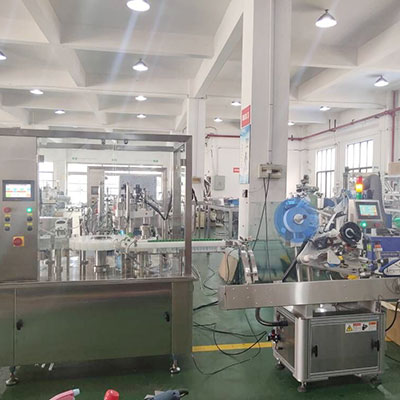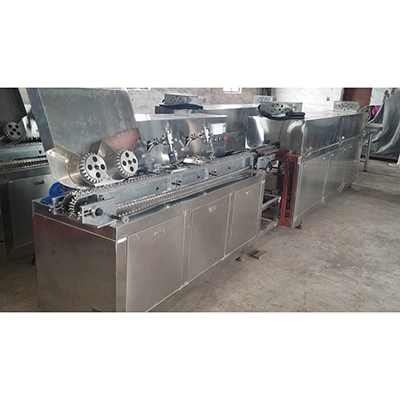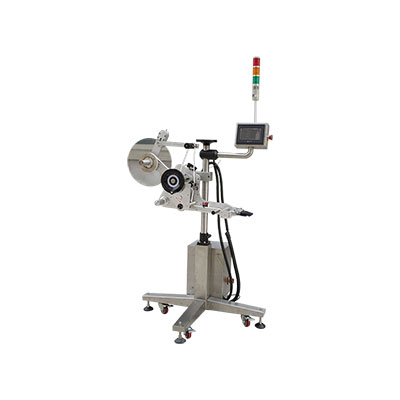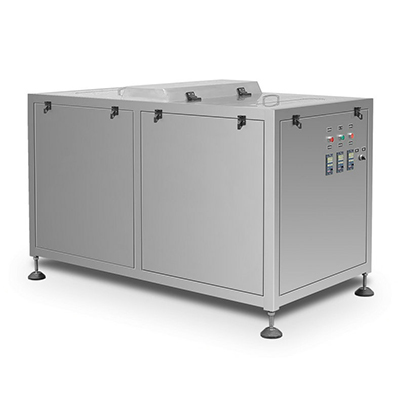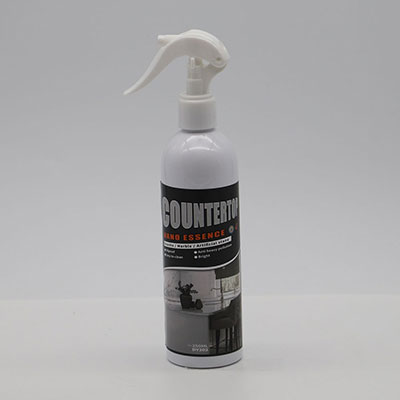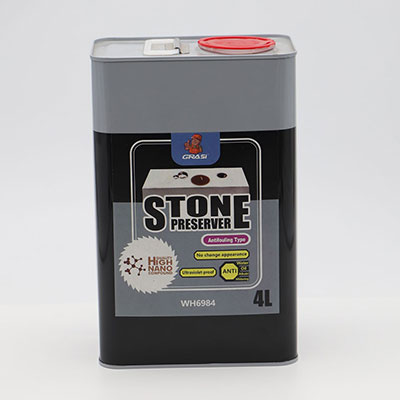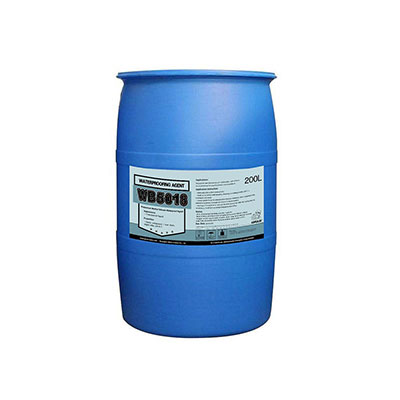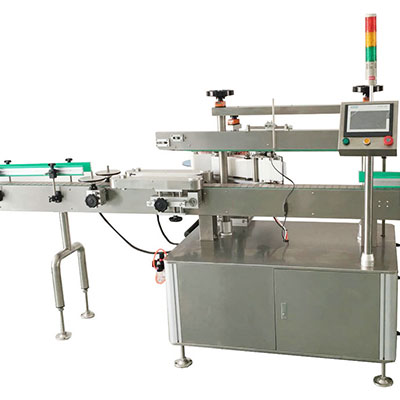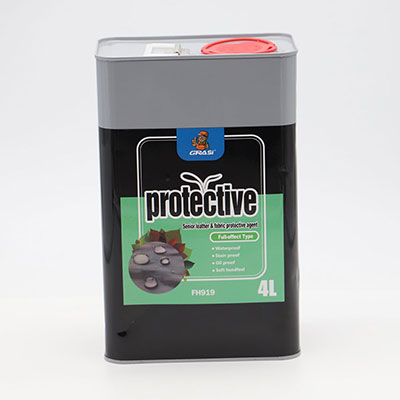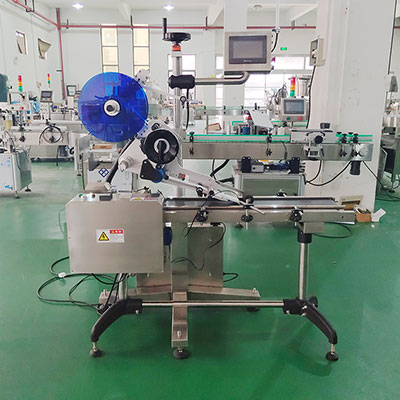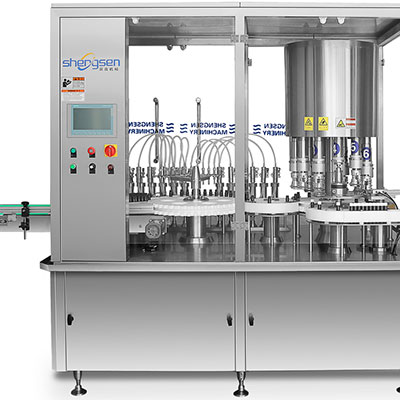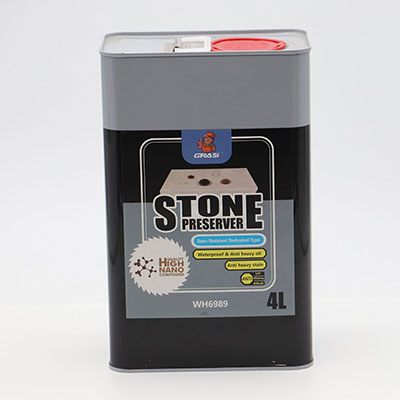CD Series Eco-Friendly Pigment Paste for Textile One-Bath Dyeing
Dyeing can be a daunting task. This is not because the dyeing process is complicated but because the pretreatment that occurs right before dyeing would take a lot of effort.
To simplify the textile production process, this year we introduced the CD series pigment paste to textile manufacturers. The newly launched colorant solves your problems in dyeing cotton, linen, polyester, acrylic fibers, and various other blended fabrics, garments, and yarns.
With this eco-friendly dyeing material, your textiles will no longer need the time-consuming cationic pretreatment. Simply fetch a piece of cloth and immediately get it ready for dyeing in a dyebath. This new dyeing process is rather straightforward, eliminating the need for any levelling agents. It saves dyeing time, material cost, produces less waste water, and uses less energy.
Color Swatch Card for CD Series Pigment Paste
Good to Know
1. Our CD series eco-friendly pigment paste conforms to Öeko-Tex 100:2012 Product Class II standard, which is to limit the application of harmful substance like methanal, heavy metal, phthalate, APEO, and 24 types of aromatic amines.
2. Requiring little pretreatment such as fabric washing and grafting, this product supports one–bath dyeing. Compared with traditional modified dyeing, our dyeing material is distinguished by easier operation, higher dye uptake rate, and light coloured or colorless waste water.
3. Environment friendly, the pigment paste achieves less water usage and waste water emission. Apart from the cost on water use, expense for wastewater treatment is saved, as well.
4. The shortened dyeing cycle further reduces the cost on agents, water, and energy, resulting in lower textile production cost.
5. Matched with binder for pigment dyeing, our product has the color fastness equal to or higher than the traditional modified dyeing.
6. The product of CD series can be used in conjunction with dyestuff for secondary dyeing.
7. This range of textile dyeing pigment paste is available in 9 colors, including red, blue, yellow, green, purple, black, etc. Customers can refer to the color swatch for more detail. In addition, product in personalized color is also available from us based on actual demand.
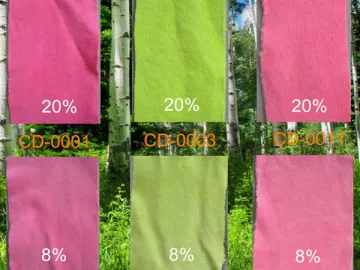
Important
1. Make a thin dyeing paste with 10% pigment content. Print the paste onto a piece of cotton cloth. Test the content of methanol, heavy metal, phthalate, APEO, and 24 types of aromatic amines contained in that cloth. Please do test the sample of your pigment mixture before using it for any dyeing purposes other than cotton fabric printing.
2. Make sure the pigment paste is evenly mixed. There might be pigment particles precipitating from the mixture when it has long been unused. In that case, mix it thoroughly and filter out the sediments before use.
3. Please refer to the MSDS for more safety issues that you should watch out for.
Dyeing Paste Recipe and Use
Exhaust Dyeing Process and Conditions
| Recipe | ||
| CD Pigment Paste | owf | X (Light Color: less than 3% pigment content, deep color: 3%-8% pigment content) |
| Weak Acid (Acetic Acid or other Organic Acid) | g/L | 0-3 (at around PH6) |
| Bath Ratio | 1:20~30 | |
| Binder | g/L | 8-10 (Adjustable to the desired dyeing effect and customer requirements.) |
1. Make the dyebath
Add a proper amount of paste and mix it evenly. Try a little acetic acid to achieve a PH6 level.
2. Raise Temperature and Dye Bathing
Stir the mixture constantly while raising the mixture temperature slowly so that the dye can be absorbed uniformly by the fabrics. The maximum temperature should be somewhere between 60°C and 70°C. (Note: Rapid or slow temperature rise does not affect the dyeing process.)
3. Post-Treatment (Improve Color Fastness)
Add the binder directly into the dyebath. Maintain a constant temperature level for 10 minutes before washing the dyed fabrics. Or you can first wash the fabrics before making the dyebath and other post-treatments.
Links:https://globefindpro.com/products/77704.html
-
 Digital Keypad (for Inverter Operation)
Digital Keypad (for Inverter Operation)
-
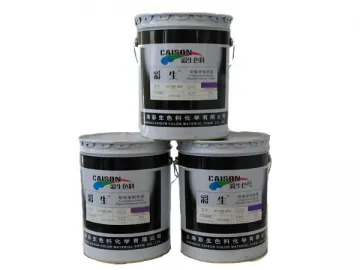 D Series Eco-Friendly Pigment Paste for Textile Dyeing
D Series Eco-Friendly Pigment Paste for Textile Dyeing
-
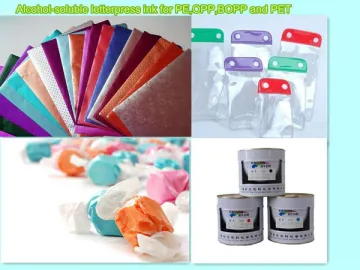 76 Series Alcohol-Soluble Letterpress Printing Ink for Plastic Film
76 Series Alcohol-Soluble Letterpress Printing Ink for Plastic Film
-
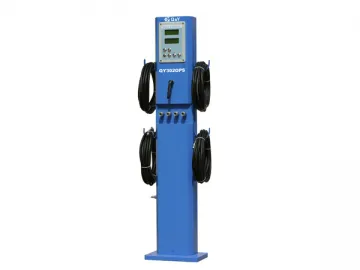 QY301OPS,QY302OPS Air Tire Inflator
QY301OPS,QY302OPS Air Tire Inflator
-
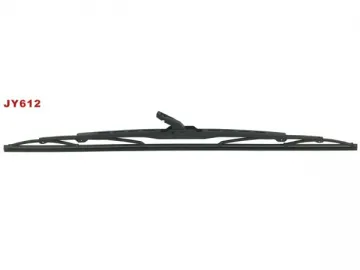 Wiper Blade
Wiper Blade
-
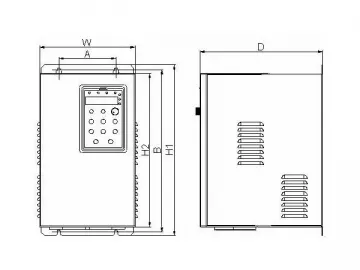 Frequency Inverter (Closed Loop Vector Control VFD)
Frequency Inverter (Closed Loop Vector Control VFD)
-
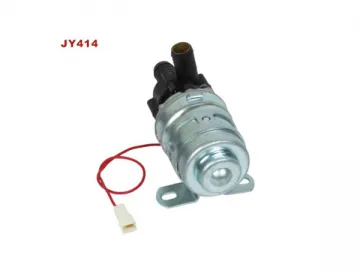 Heater Blower Motor
Heater Blower Motor
-
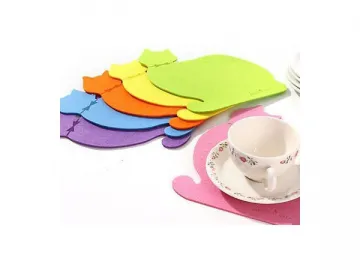 P Series Pigment Paste for Emulsion Tinting
P Series Pigment Paste for Emulsion Tinting
-
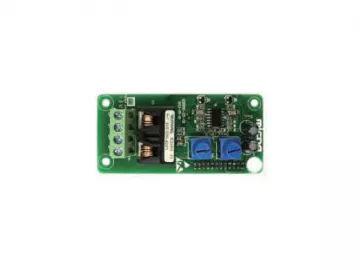 I/O Expansion Card (for Inverter Drive)
I/O Expansion Card (for Inverter Drive)
-
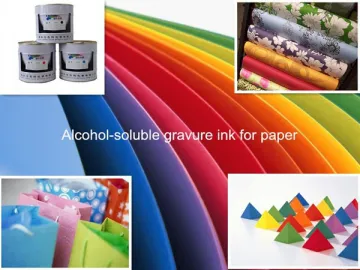 54 Series Alcohol-soluble Gravure Printing Ink for Paper
54 Series Alcohol-soluble Gravure Printing Ink for Paper
-
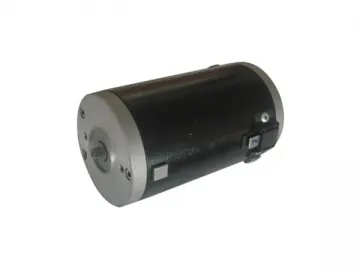 90mm Brushed Motor
90mm Brushed Motor
-
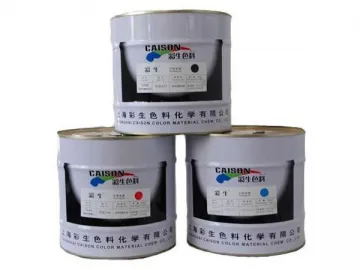 57 Series Gold and Silver Printing Ink (Gold Varnish & Solvent-based Pigment Paste)
57 Series Gold and Silver Printing Ink (Gold Varnish & Solvent-based Pigment Paste)
